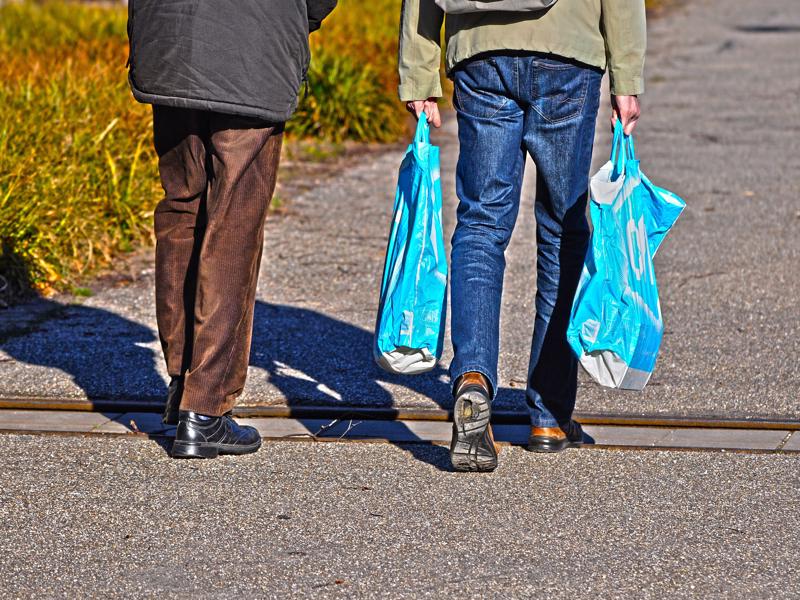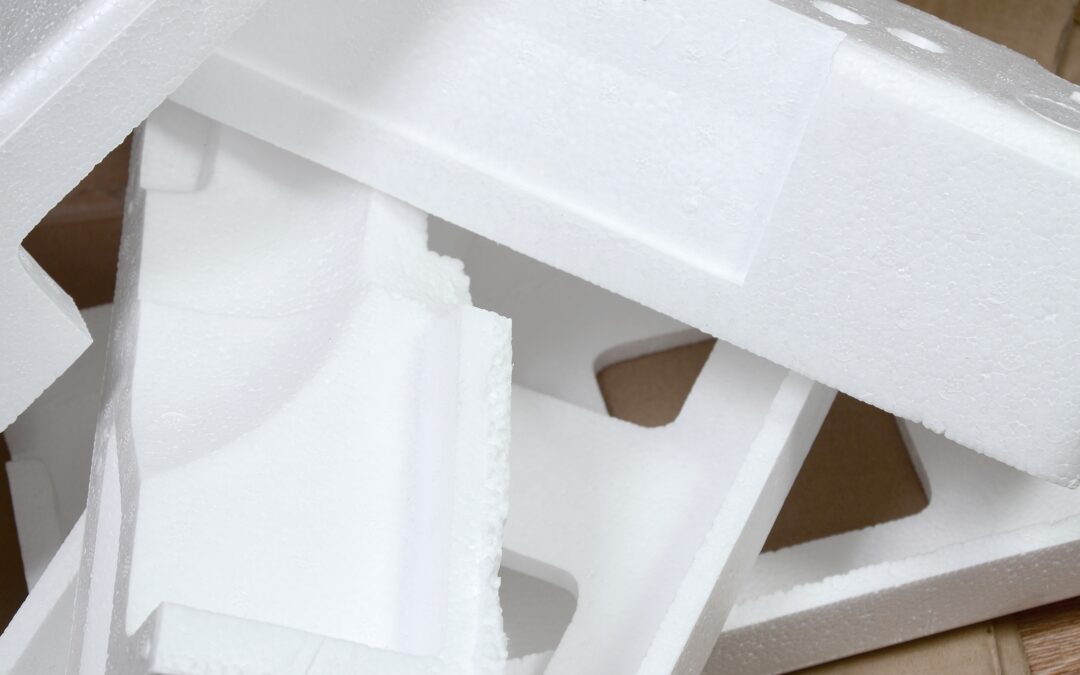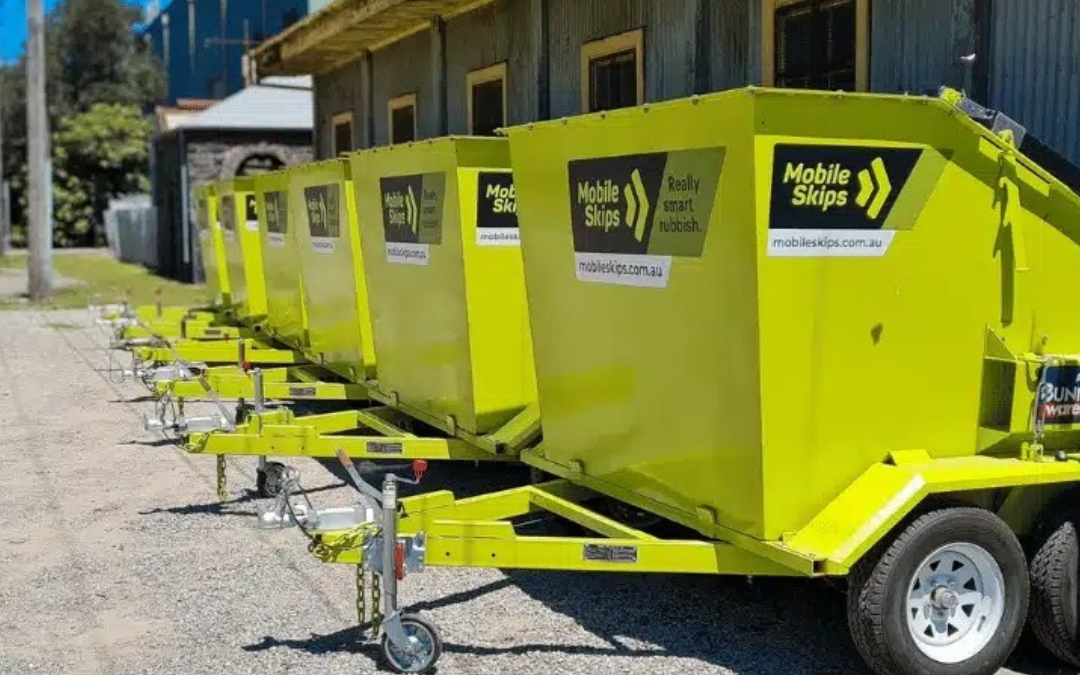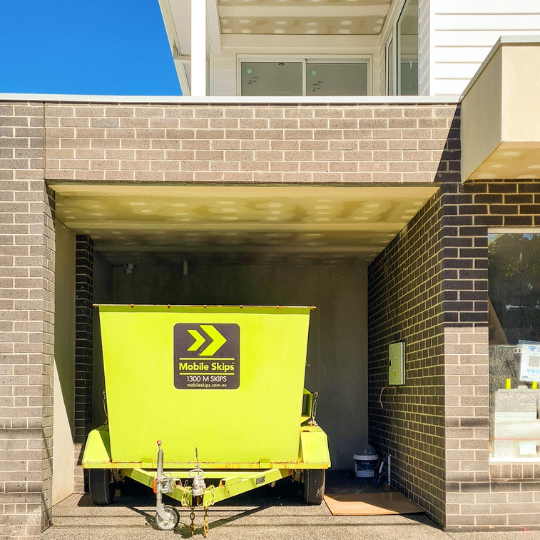From single-use grocery bags to coffee cups and takeaway dishes, we as a community are heavily dependent on plastic. According to WWF, Australians use 130 kilograms of plastic per person, and only 9% is recycled! The other 91% of plastic ends up in the landfills and waterways. Out of the 9% that is recycled, none of it covers soft plastic. The reason is that commercial plastic recycling companies do not take soft plastic because it’s different in composition.
Table of Contents
Plastic damages our precious ecosystems and ends up endangering marine life and wildlife. This shocking statistic from WWF begs us to rethink our plastic consumption and recycle as much as we can. Being an extremely versatile material, different types of plastic can be recycled in different ways. If we can take out time to sort the plastics and get them recycled properly, then we can stop them from ending up in landfills.
What’s considered soft plastic?
There are a large number of plastics available. So, you need to know the difference between each one of these to recycle them correctly. When it comes to soft plastic, it is anything that you can crush with one hand with minimum effort.
Soft plastic needs to go into your recycling bin without fail. However, there is one thing that you must take note of. If you find soft plastic that is labelled compostable or degradable, you must compost them first. This is important because this plastic needs to degrade prior to recycling.
Face masks used cannot be recycled with plastic. It would be best if you disposed of them in biowaste bins properly. There are chances of contamination through these masks. So, make sure you are extra careful when it comes to getting rid of used masks and even rubber gloves worn as a preventive measure!
Why you should recycle soft plastics
Plastic has managed to dominate every sphere of our lives. So much so that there are studies that show plastic has started entering our food chain. The report suggested that people consume tiny pieces of plastic every day, which add to about five grams per week. That’s equivalent to feasting on a credit card every week!
Soft plastics are one of the most neglected forms of plastic in recycling. Their unique composition is not recycling with other hard plastics and just end up in the landfills. If you can sort your soft plastics and recycle them separately, we can effectively increase the percentage of plastic recycled.
Since its invention in 1907, plastic has provided convenience and durability. Lost in its broad applicability, we have forgotten its damaging and lasting effects on the environment. Single-use plastic products and soft plastics, if not properly recycled, end up in landfills.
As we all know, plastic doesn’t degrade quickly over time; it means that we have to be even more careful about our plastic usage. If we can control our plastic use, then we can manage the plastic that is circulated.
How can you recycle soft plastic in Australia?
After suffering the damaging effects of global warming and pollution, we as humans and the master race are becoming more vigilant about our actions. This is because nature is degrading rapidly, which will make humans also extinct in no time. We all have studied the three Rs to save the environment: Reduce, Reuse, and Recycle. But how many of us follow it?
Often neglected, soft plastic recycling is straightforward and will only take you a couple of extra minutes to recycle. Let’s see how you can contribute to the soft plastic recycling revolution.
Soft Plastic Recycling Guide
- Know what is soft plastic exactly is. An easy way to remember this is by remembering that it’s soft plastic if you can scrunch it with your hands. A few examples of soft plastics are biscuit wrappers, plastic packaging, bubble wrap, and Ziploc bags.
- Make it a point to clean all the soft plastics before you store them. This is because the plastic needs to utterly free from any other pollutants like food residue and biodegradable waste for effective soft plastic recycling.
- Dedicate a bin or a drawer where you can store all the soft plastics in.
- On a monthly or weekly basis, make sure to drop off your clean, soft plastic waste at any of the nearest REDcycle drops off points.
- Spread the word! Many people are still unaware of soft plastic recycling. Take initiatives to engage your local community and raise awareness about the need for soft plastic recycling.
REDcycle: Leading Australia in Soft Plastic Recycling
REDcycle is a recycling organisation with its primary focus on soft plastics recycling. They are centrally located in Melbourne but carry out recycling operations across Australia. They do a fantastic job of diverting the soft plastic that would usually end up in landfills.
The recycling bin that we put at the curbside doesn’t offer to recycle soft plastic. By promoting soft plastic recycling, the REDcycle program diverts the recycled plastic to organisations like Replas who make products out of it.
REDcycle has partnered up with Woolworths, Coles, and other Australian brands so that you can have convenient drop off points. It’s also noteworthy that brands that house the most plastic products are doing their part to help soft plastic recycling.
Where do I give my soft plastic waste in Australia?
Collect all the soft plastic waste that you can imagine. Clean it and then drop it off at REDcycle collection bins. You can find the REDcycle soft plastic recycling bins in Coles and Woolworths. You can alternatively also check for a close-by drop off point by using their store locator.
What kind of plastics can I recycle?
The only suitable plastic in the REDcycle soft plastic recycling bin is the one that can be scrunched up. But more clarity, let’s see some types of soft plastics around your house that you didn’t know could be recycled!
- Bread, rice, wheat, and pasta bags
- Netted citrus bags
- Cereal box liners
- Biscuit wrappers
- Frozen food plastic bags
- Clean ice cream and chocolate wrappers
- Plastic sachets
- Squeezable juice pouches
- Muesli bar wrappers
- Bubble wrap
- Silver colour cereal and cracker sachets
- Confectionery packets
- Polypropylene bags
- Fresh produce bags
- Plastic films from grocery products like nappies, toilet paper, and menstrual products
- Newspaper and magazine plastic wrap
- Cleaned Pet food bags
- Plastic bags from department stores
Tips to minimise soft plastic consumption
Soft plastics are a pesky issue that can be easily prevented. Here are a few tips that can help you minimize soft plastic consumption and reduce their concentration in landfills.
- Be a smart buyer. You need to assess every product you buy and compare it with at least a few alternatives. If you do end up finding a similar product that uses little to no soft plastic, you know what to get. You could opt for items that use recycled plastic and plastic with different and safer packaging materials.
- Carry your bags to the grocery store. When it comes to fresh produce, you can put these items directly into your shopping bag. After this, instead of asking for soft plastic bags, you can transfer them into a biodegradable cloth shopping bag. You can make these bags at home by upcycling an old t-shirt or a pair of pants!
- Use reusable containers to store your items. You can visit your grocery store and bring your containers with you. This way, you can eliminate the use of soft plastic bags and make an even more sustainable choice. For instance, you could ask your butcher if it is okay if you got your containers to keep your produce. Doing this instead of using soft plastic bags is a much better option to eliminate soft plastics.
- Instead of using plastic wraps to cover your food, use organic beeswax food wraps. These wraps are made from cotton and can prove to be a great alternative to soft plastic wraps. What’s more, is that you can compost them once you are through using them.
- Encourage everyone around you to opt for more sustainable options. If you are shopping for an item that does not have a plastic-free alternative, speak to someone in a position of authority and ask them if they are willing to make a change.
To conclude with
Soft plastics make up about 20% of Australian household landfill waste. As we responsibly recycle hard plastics in our curbside bins, let’s go one step further and do soft plastic recycling. Follow the tips and tricks in the article and do your bit to have a cleaner tomorrow!






